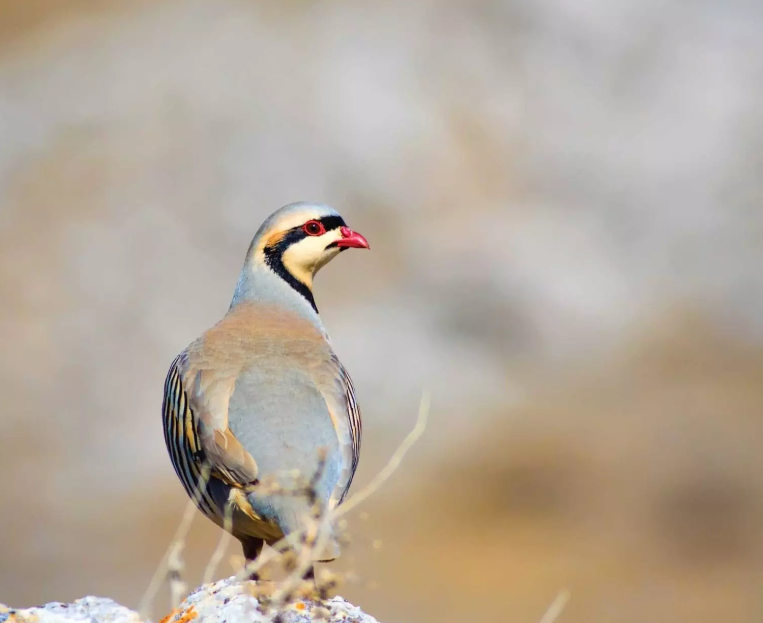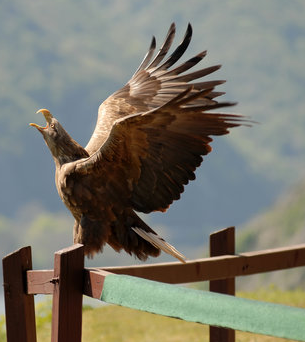Let’s talk about Bhutan National Bird. Bhutan, a small landlocked country in South Asia, is known for its breathtaking landscapes, rich culture, and unique wildlife. One of the most fascinating creatures that call Bhutan home is the raven, which is also the country’s national bird. In this article, we will delve into the origins of the raven’s significance in Bhutanese culture, its physical and behavioral characteristics, and the efforts being made to protect this magnificent bird species.
Bhutan is a country that places great importance on preserving its natural heritage. With over 70% of the country covered in forest, Bhutan has a rich biodiversity that includes several rare and endangered species. One of these species is the raven, which is also a significant symbol in Bhutanese culture.
The Raven in Bhutanese Culture
In Bhutanese folklore, the raven is believed to be a sacred bird that serves as a messenger between heaven and earth. It is said to possess magical powers and is often depicted in Buddhist art and literature. The raven’s association with wisdom and knowledge has led to it being regarded as a symbol of intelligence and good fortune.
In 1957, the raven was officially declared as Bhutan’s national bird, reflecting the country’s reverence for this magnificent creature. It is a testament to Bhutan’s commitment to preserving its natural heritage and cultural identity.
Physical Characteristics of the Bhutan National Bird
The raven is a large bird, measuring up to 68 cm in length and weighing between 800-1500 grams. Its plumage is black with a glossy sheen, and it has a distinctive wedge-shaped tail. The raven’s beak is large and curved, allowing it to feed on a variety of food sources, including insects, small animals, and carrion.
The raven is also known for its intelligence and adaptability. It is a highly social bird that lives in large groups, and it has been observed using tools and solving complex problems in the wild.
Behavioral Characteristics of the Raven
The raven’s behavior is another aspect that makes it unique. It is a highly vocal bird, with a range of calls that include caws, croaks, and clicks. These calls are used for communication within its social groups and for warning of potential dangers.
The raven is also known for its playful behavior, with individuals often engaging in aerial acrobatics and mock fights. It is a highly curious bird that has been observed stealing shiny objects and playing with toys.
Conservation Efforts for the Bhutan National Bird
Despite its cultural significance and unique characteristics, the raven is facing several threats to its survival. Habitat loss, poaching, and hunting are among the main challenges facing the species.
To address these threats, Bhutan has implemented several conservation measures. These include the creation of protected areas and wildlife corridors, as well as community-based conservation programs. The government has also implemented strict laws to protect the raven and other endangered species.
Conclusion
The raven is a fascinating bird that is deeply ingrained in Bhutanese culture. Its physical and behavioral characteristics make it a unique species, and its status as Bhutan’s national bird reflects the country’s commitment to preserving its natural heritage. However, the raven’s survival is threatened, and it is up to all of us to ensure that this magnificent bird continues to thrive.
FAQs
- What is the significance of the raven in Bhutanese culture?
The raven is considered a sacred bird that serves as a messenger between heaven and earth. It is also a symbol of intelligence and good fortune.
- What does the raven’s beak look like?
The raven’s beak is large and curved, which allows it to feed on a variety of food sources.
- What are the threats to the raven’s survival?
Habitat loss, poaching, and hunting are among the main threats facing the raven.
- What conservation measures have been taken to protect the raven?
Bhutan has implemented several measures, including the creation of protected areas and wildlife corridors, community-based conservation programs, and strict laws to protect the raven and other endangered species.

